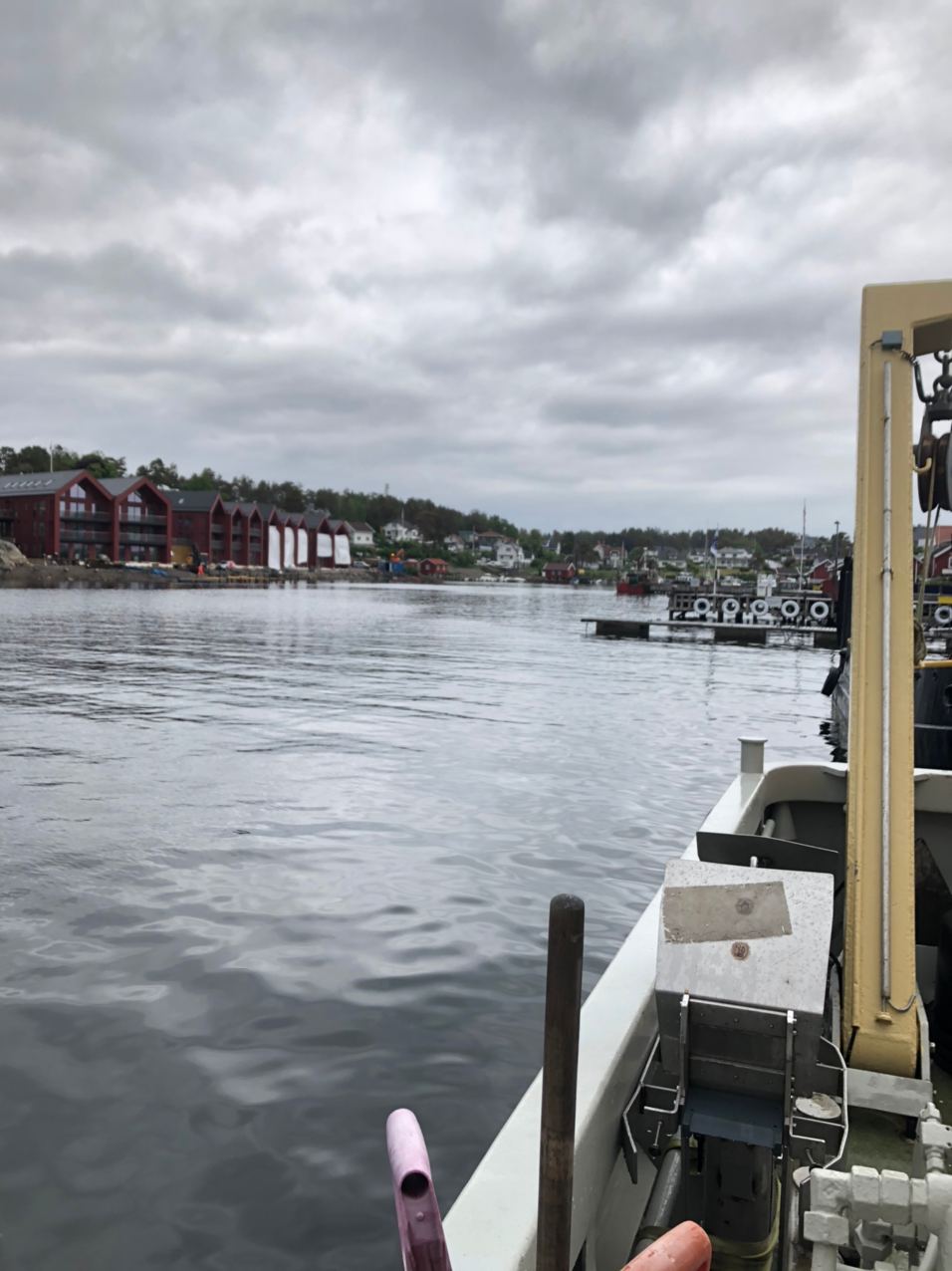Aleksander Berezovski is a PhD student at CBA. He is part of the GreenBlue Project, in which CBA is a member. The project is coordinated by the University of Bergen.

At the recent field work on a boat on the Oslo fjord, he took numerous samples for analyses. In his work, he aims to understand the role of organic carbon in aquatic environments, including the eutrophication and browning of coastal marine environments and land-freshwater-marine nutrient couplings.
Changes in land use and climate change are causing increased terrestrial vegetation density in the boreal zone. This greening on land leads to increased exports of natural organic matter that have made inland waters become browner. The resulting darkening of inland waters has multiple consequences, including increased costs of drinking water production, increased transport and mobility of toxic substances, as well as decreased underwater light availability for visual predators and primary producers.
The darkening of inland waters also propagates into the coastal zone when brown-colored freshwater mixes with clear oceanic seawater. There is rising evidence that this centennial trend in coastal water darkening has consequences throughout the coastal food web.
